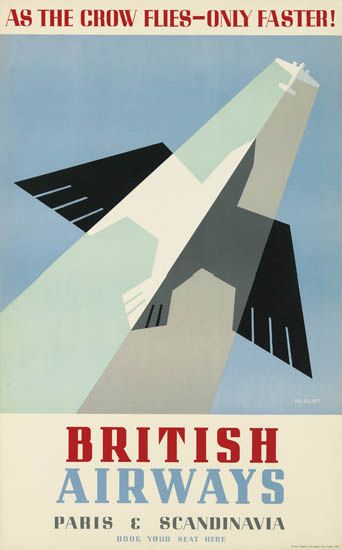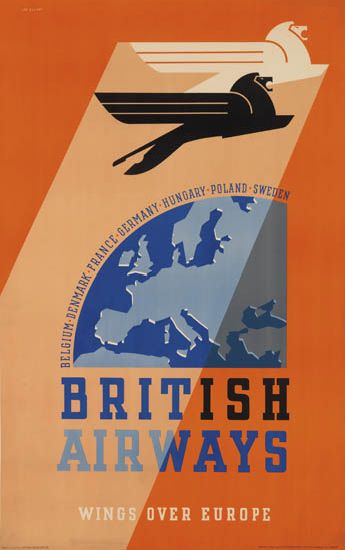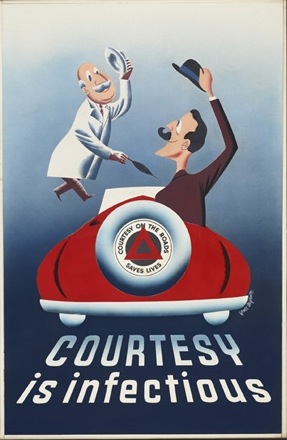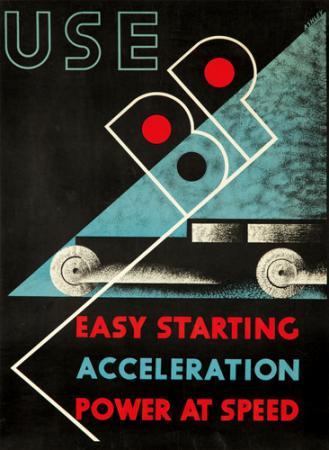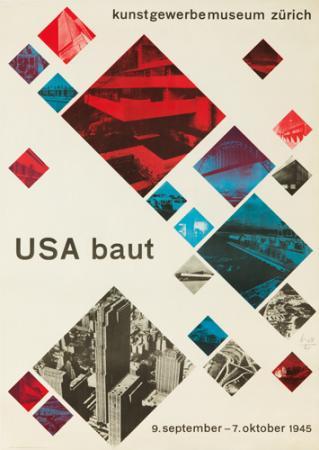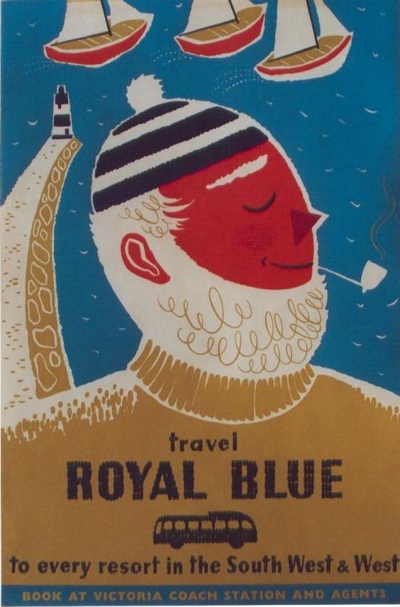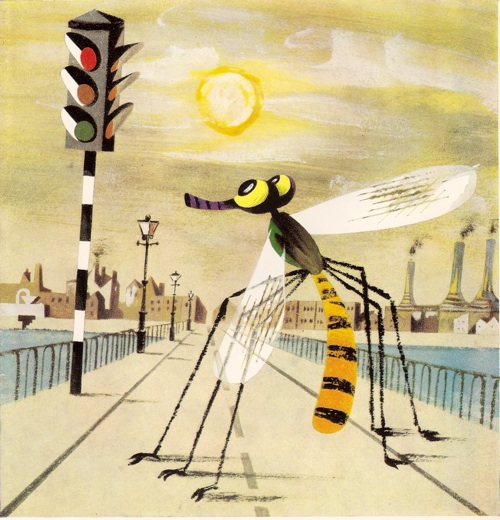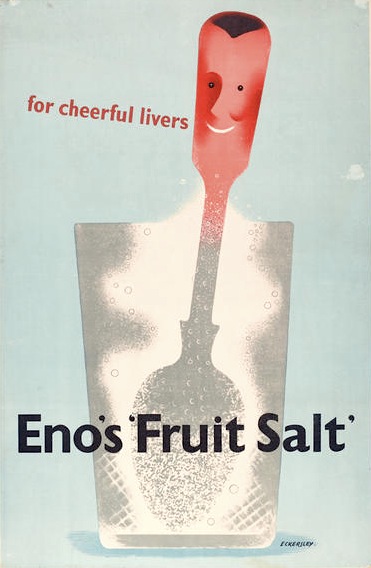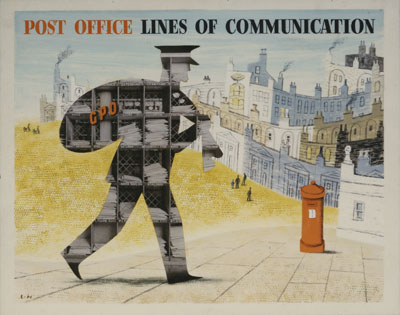Designer’s eye
So here I am submerged in house renovations when there are poster auctions which I need to tell you about. First in the line, mainly because it’s in just a few days time, is the forthcoming Swann Auction of Modernist Posters.
Now, with their being in New York, there are usually only one or two items of interest for us in a Swann auction, things like this, which although wonderful are somewhat outside the Quad Royal remit.

Matter, 1938, est. $2,000-3000
There are also a set of Theyre Lee-Elliott posters for the embryonic British Airways.
All three are from 1938 and estimated at $800-1,200. While we’re on the subject of British Airways, there is also this, which is apparently a very early example of photography in an airline poster.

Anonymous, c.1938, est. $800-1,200
If only flying were so glamorous now.
The main reason we’re here, however, is lots 185-222 which are, in the main, from the collection of F H K Henrion. There is one piece of his own work.

F H K Henrion, 1943, est. $600-900
But what’s really going on is Henrion looking at the work of his fellow designers. So there are examples from Reginald Mount, Pat Keely, Hans Schleger, Eckersley and many others – so many that I can’t include all of the ones I like.

Reginald Mount, 1944, est. $600-900

Pat Keely, 1941, est. $400-600

Hans Schleger, 1940, est. $400-600
As well as a substantial selection of Abram Games’ designs; I don’t know if they were friends or whether Henrion was a particular admirer of his work.

Abram Games, 1941, est. $2,000-3,000

Abram Games, 1945, est. $700-1,000

Abram Games, 1955, est. $2,000-3,000
I’ve even found a rare example of an Ashley Havinden poster.

Ashley Havinden, 1950, est. $400-600
Not everything is by a big name, either. This very striking wartime image is simply by A.R., about whom I can tell you nothing.
Henrion clearly never stopped looking at posters and thinking about them as long as he worked, because there are a host of later examples too.
So I strongly suggest you go over there and take a peek, not only for the insight into a designer looking, but also because Swann’s catalogues are properly written and informative.

Manfred Reiss, 1955, est. $400-600
And now if you’ll excuse me, I have to order a skip.

